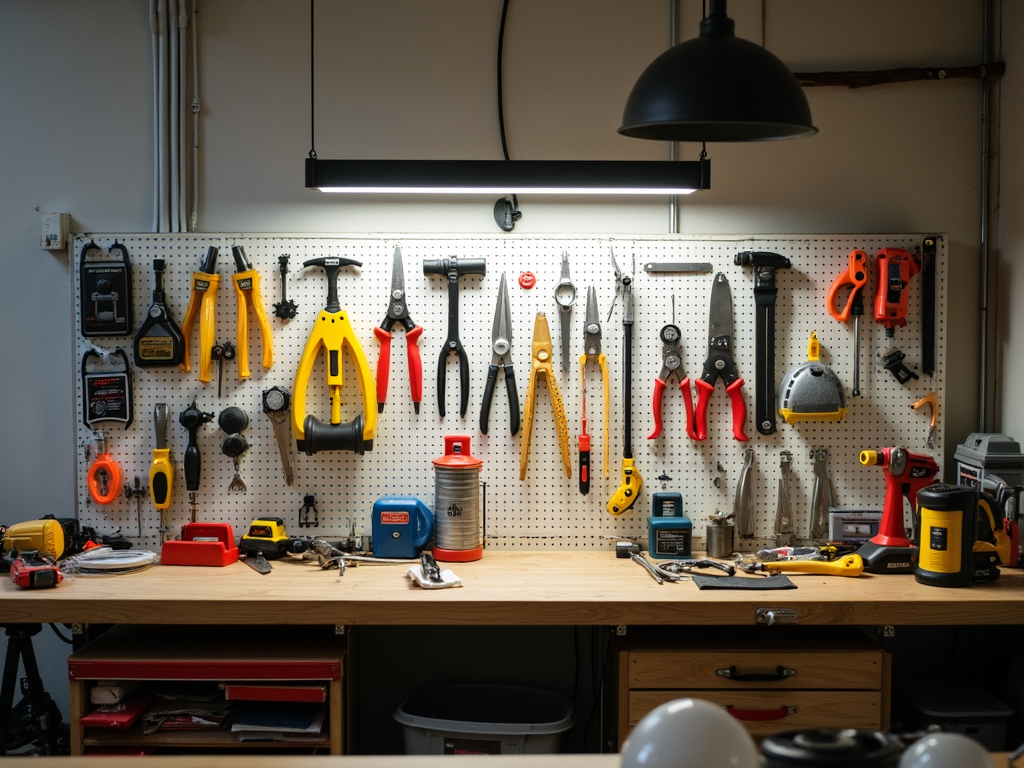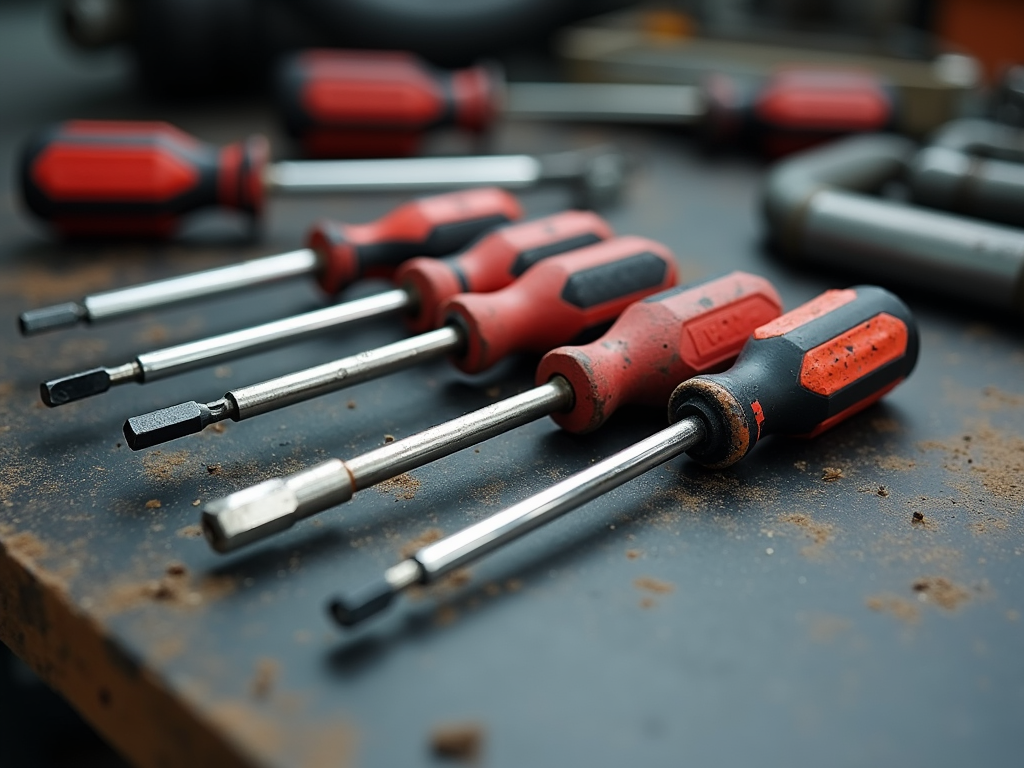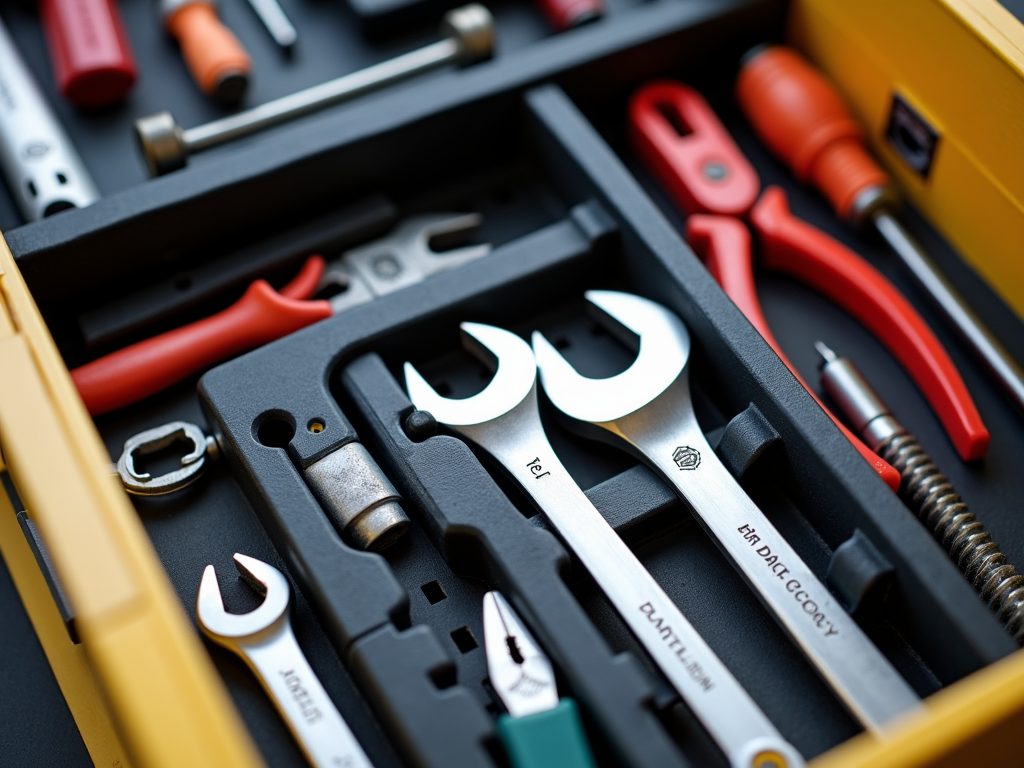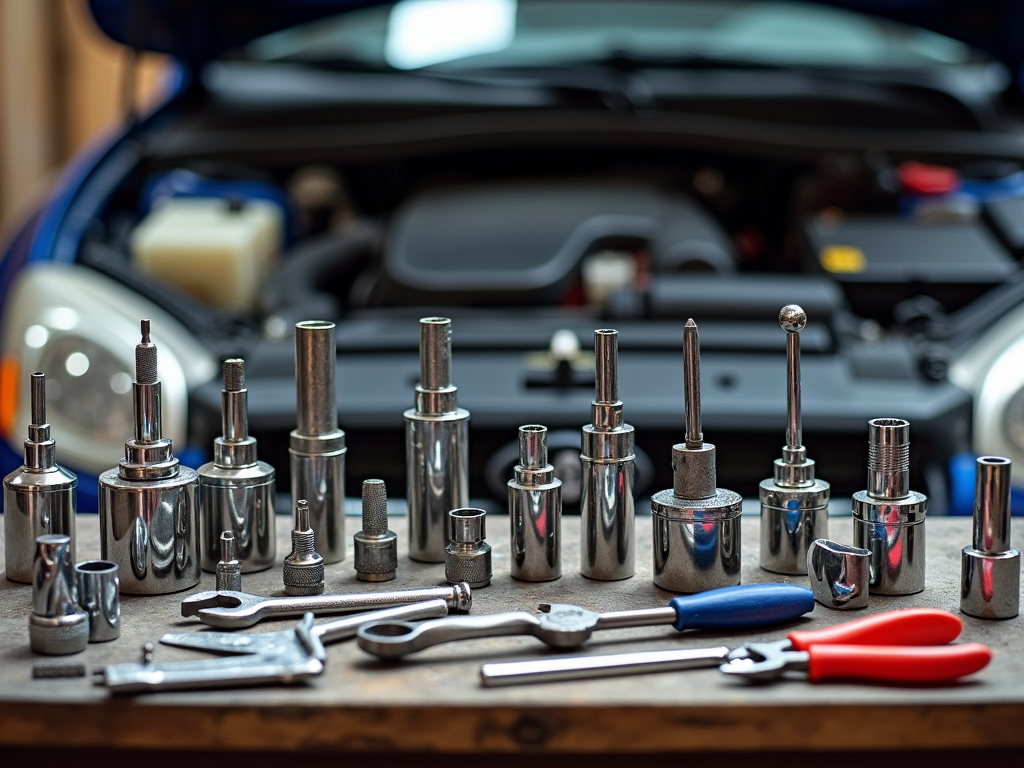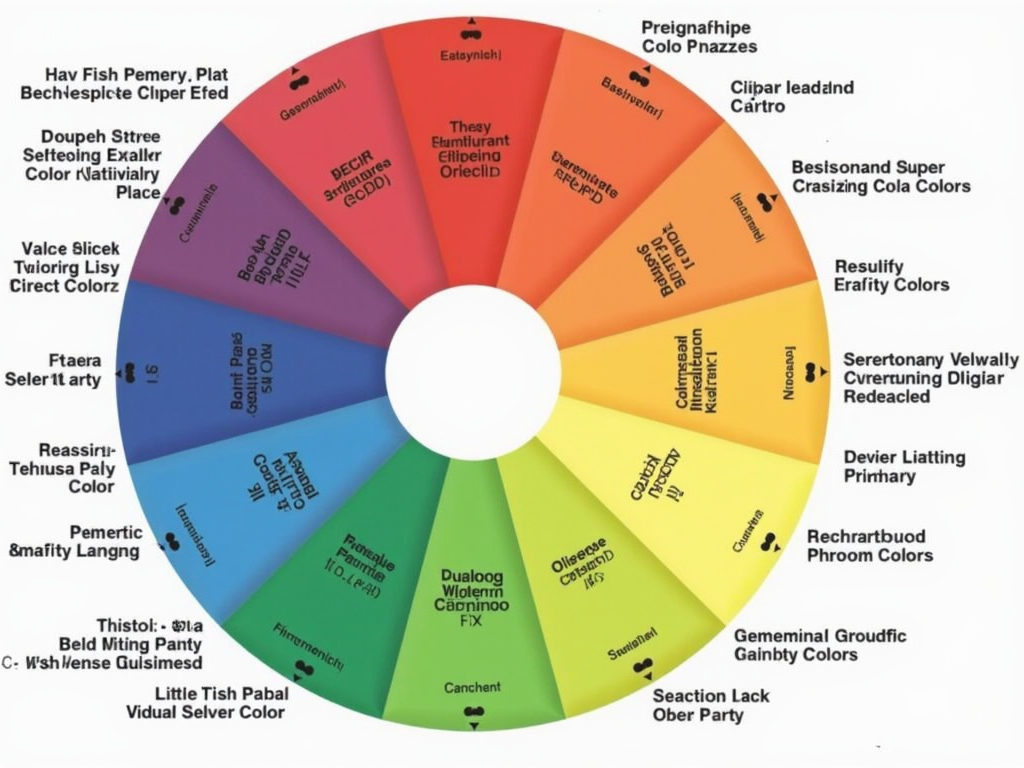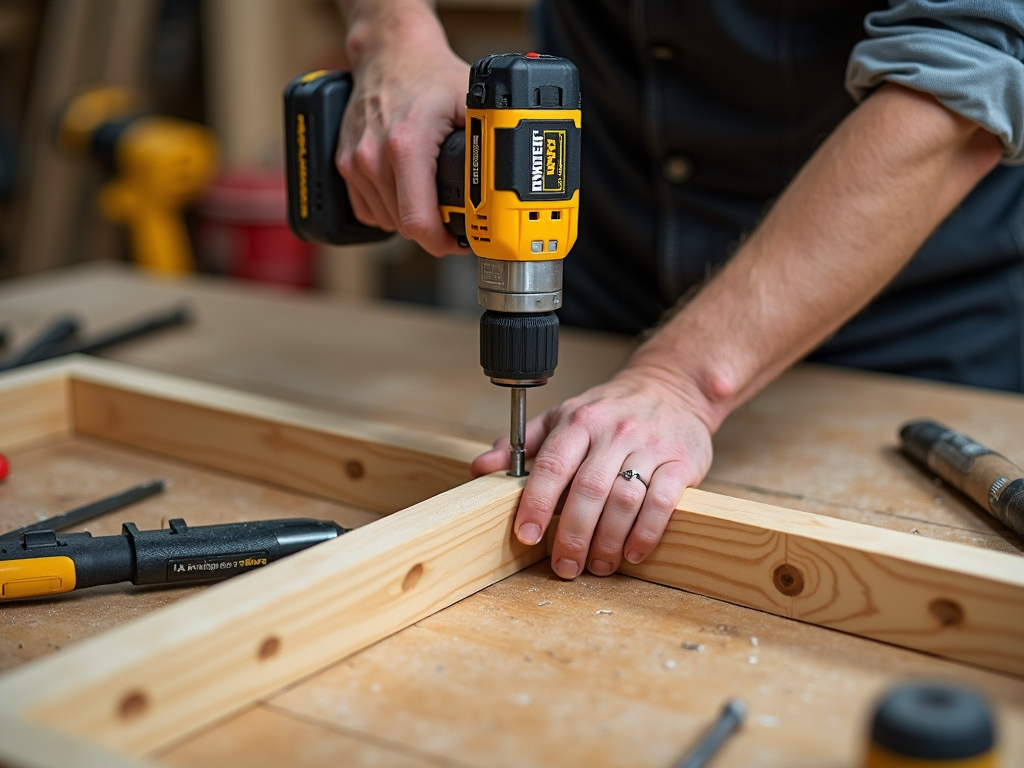Automation technologies are revolutionizing industries worldwide. This guide provides a comprehensive introduction to these technologies, exploring their basics, advanced tools, and real-world applications. Whether you're a beginner or a professional, you'll find valuable insights here.

What Are Automation Technologies?
Automation technologies refer to the use of machines, control systems, and information technologies to perform tasks without human intervention. These technologies have been around for decades, but recent advancements have made them more accessible and powerful than ever before.
The history of automation dates back to the Industrial Revolution, when machines were first used to automate manual labor. Today, automation technologies are used in a wide range of industries, from manufacturing and logistics to healthcare and finance.
The importance of automation technologies cannot be overstated. They help businesses increase efficiency, reduce costs, and improve quality. They also free up human workers to focus on more creative and strategic tasks.

Types of Automation Technologies
There are three main types of automation technologies: programmable automation, flexible automation, and fixed automation.
Programmable Automation
Programmable automation involves the use of machines that can be programmed to perform different tasks. This type of automation is ideal for businesses that need to produce a variety of products in small batches.
Examples of programmable automation include CNC machines and robotic arms. These machines can be programmed to perform a wide range of tasks, from cutting and drilling to welding and painting.
The advantages of programmable automation include flexibility and versatility. However, it can be expensive to set up and requires skilled workers to program and maintain the machines.
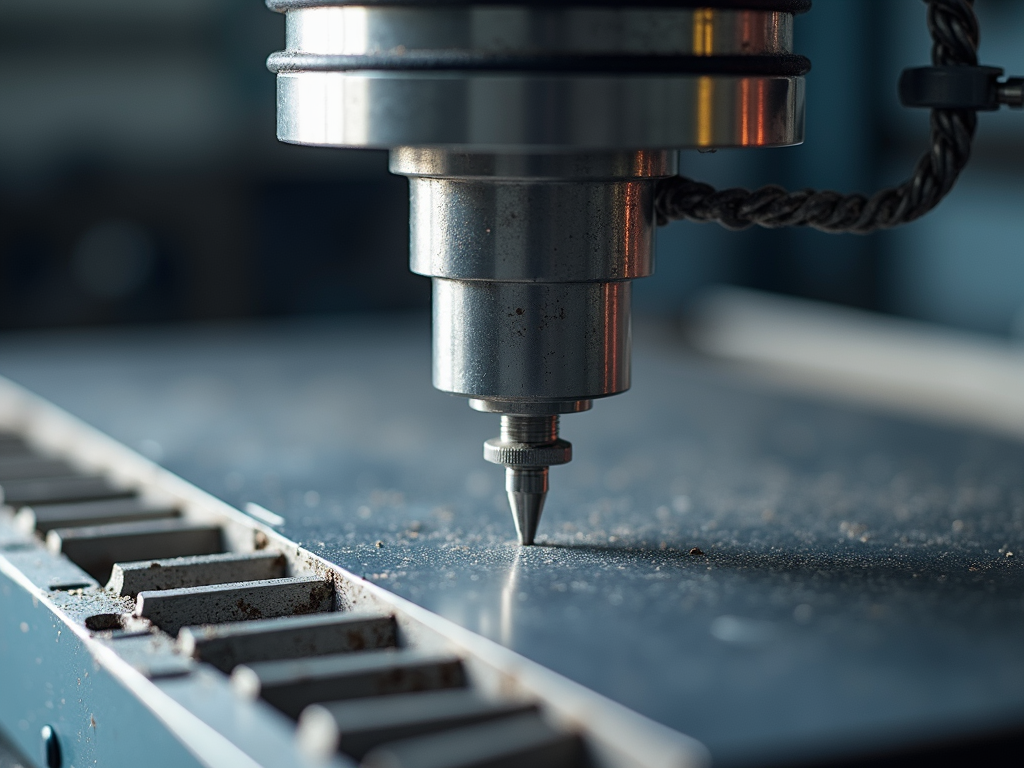
Flexible Automation
Flexible automation is similar to programmable automation but is designed to handle a wider range of tasks with minimal setup time. This type of automation is ideal for businesses that need to produce a variety of products in large quantities.
Examples of flexible automation include automated guided vehicles (AGVs) and robotic cells. These systems can be quickly reconfigured to handle different tasks, making them ideal for businesses with changing production needs.
The advantages of flexible automation include high productivity and low setup times. However, it can be expensive to implement and requires a high level of technical expertise.

Fixed Automation
Fixed automation involves the use of machines that are designed to perform a specific task. This type of automation is ideal for businesses that need to produce large quantities of a single product.
Examples of fixed automation include assembly lines and transfer lines. These systems are highly efficient and can produce large quantities of products quickly and consistently.
The advantages of fixed automation include high productivity and low labor costs. However, it can be inflexible and expensive to modify if production needs change.

Tools Used in Automation
There are many tools used in automation, including advanced electrical tools, workman tools, and more.
Advanced Electrical Tools for Automation
Advanced electrical tools are essential for automation. These tools include sensors, actuators, controllers, and more. They are used to monitor and control machines and processes, ensuring that they operate efficiently and effectively.
For example, sensors can be used to detect the presence of objects, measure temperature and pressure, and monitor other variables. Actuators can be used to move machines and control processes. Controllers can be used to manage the operation of machines and systems.
These tools are critical for automation because they enable machines to operate autonomously and make decisions based on real-time data.

Other Tools
In addition to advanced electrical tools, there are many other tools used in automation. These include mechanical tools, such as wrenches and screwdrivers, as well as software tools, such as programming languages and simulation software.
Mechanical tools are used to assemble and maintain machines, while software tools are used to program and control them.
For example, a workman might use a wrench to tighten bolts on a machine, while a programmer might use a programming language to write code for a controller.
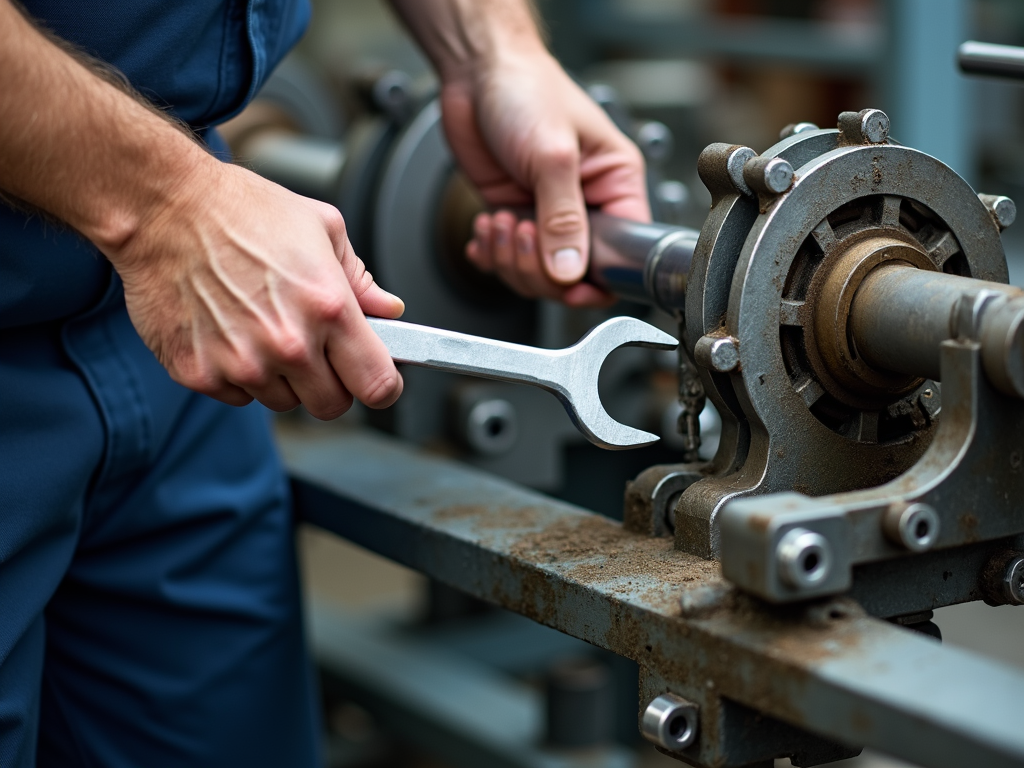
Personal Insights
As someone who has worked with automation technologies for many years, I can attest to their transformative power. I've seen firsthand how these technologies can increase efficiency, reduce costs, and improve quality.
For example, in my previous job, we implemented a robotic arm to automate a repetitive task. This not only freed up workers to focus on more creative tasks but also reduced errors and increased productivity.
However, I've also seen the challenges that come with automation. It can be expensive to implement, and it requires a high level of technical expertise. It's important to carefully consider the costs and benefits before investing in automation technologies.
If you're thinking about getting started with automation technologies, my advice is to start small. Begin with a simple project and gradually scale up as you gain experience and confidence.
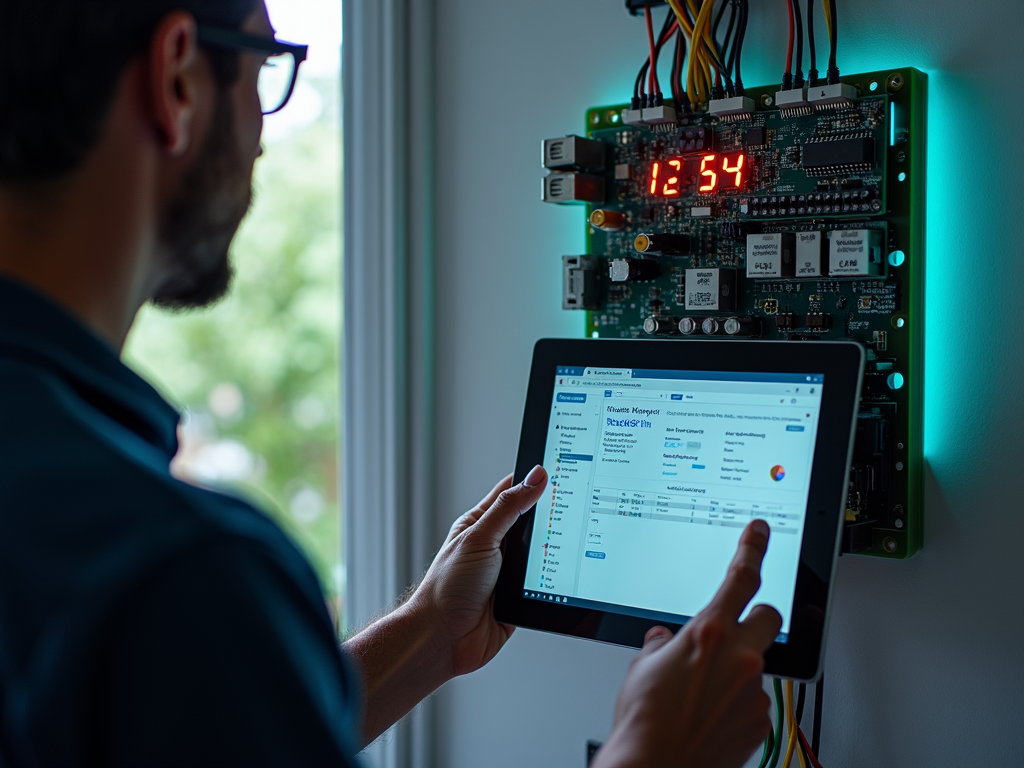
Summary
Automation technologies are transforming industries worldwide. From programmable and flexible automation to fixed automation, these technologies offer a wide range of benefits, including increased efficiency, reduced costs, and improved quality.
Advanced electrical tools, such as sensors, actuators, and controllers, are essential for automation. Other tools, such as mechanical and software tools, are also important.
If you're interested in learning more about automation technologies, I recommend checking out the following articles:
Related Introduction to Automation Technologies:
- 10 Tips for Organizing Your Workshop
- Essential Screwdrivers for Mechanics: A Complete Guide
- Top Maintenance Tips for Extending Tool Lifespan
- Best Safety Gear for Power Tool Users: A Comprehensive Guide
- How to Maintain Your Tools for Longevity
- The Ultimate Guide to Tool Sets for Automotive Repairs
- Safety Gear Essentials for Every Workman
- How to Choose the Best Paint Color for Your Room
- Workshop Organization Made Simple
- The Ultimate Guide to Advanced Workman Tools for Professionals
- Construction Safety Basics: Essential Tips for Workers
- Mastering Advanced Brush Techniques: A Guide for Artists
